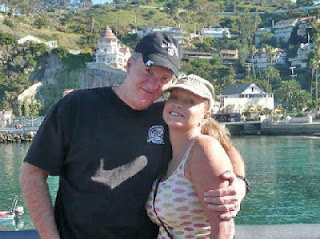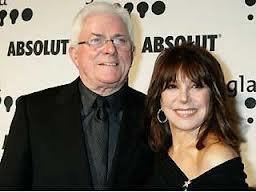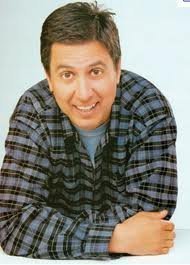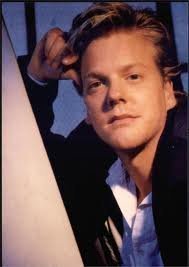
Whether you plan ahead, or wait till the last minute, we know this prime rib recipe will be perfect for your menu! This melt-in-your-mouth Christmas-favorite will have everyone "oohing" and "aahing" at the dinner table, but what really makes it special is the crunchy flavor-packed coating! Our Roasted Holiday Prime Rib will be the centerpiece of a Christmas dinner the family won't soon forget.
- 1 (5- to 6-pound) boneless beef prime rib
- 3 tablespoons all-purpose flour
- 2 tablespoons vegetable oil
- 1 tablespoon Dijon mustard
- 1 tablespoon light brown sugar
- 1/2 teaspoon ground allspice
- 1 teaspoon salt
- 1 teaspoon black pepper
- Preheat oven to 400º. Coat roasting pan with cooking spray. Place beef fat side up in pan.
- In a small bowl, combine remaining ingredients; mix well. Rub mixture evenly over beef. The mixture will be kind of thick, so you will need to sort of pat it on.
- Roast beef 20 minutes, then reduce heat to 325 degrees. Continue cooking 1-1/4 to 1-1/2 hours (or about 15 minutes per pound), or until a meat thermometer reaches 135 degrees for medium-rare, or until desired doneness beyond that. (Even though medium rare is 145 degrees, the meat will continue to cook once you take it out of the oven, so after it rests for about 10 minutes, it should be perfect.)
- Remove beef to cutting board and let stand 15 minutes before carving into thick slices.
1959 – Florence Griffith Joyner, American sprinter (d. 1998)
He's got the longest name of anyone I ever heard of! Kiefer William Frederick Dempsey George Rufus Sutherland!
The winter solstice is the shortest day and longest night of the year in the Northern Hemisphere. It occurs annually between December 20th and December 23rd.
The winter solstice is marked by the point at which the North Pole is at its farthest from the sun during its yearly orbit around the sun. It will be approximately 23 degrees away from the sun. Despite the temperature outside, the winter solstice is considered the astronomical beginning of winter. Meteorological winter begins December 1st and lasts until the end of February. It’s marked by the coldest average temperatures during the year.
Depending on how far north a person is in the Northern Hemisphere during the winter, their day can range from 9.5 hours to absolutely no sunrise at all. On the bright side, the days will gradually become longer in the Northern Hemisphere until the summer solstice in June. In the Southern Hemisphere, this same day marks the summer solstice and the Southern Hemisphere’s longest day of the year.
The vernal equinox and the autumnal equinox conventionally mark the beginning of spring and fall respectively and occur when night and day are approximately equal in length.
Around the world since ancient times to modern-day, celebrations, festivals, rituals and holidays recognizing the winter solstice have varied from culture to culture.
HOW TO OBSERVE
Winter lovers, enjoy the shortest day of the year. Those longing for more sunlight, prepare to celebrate. Longer days are ahead.
WINTER SOLSTICE HISTORY
Since the marking of time and the earliest calendars, this day marked the hardest time of the year for early people. Survival was paramount when food and heat are not reliable. In all corners of the Earth, there are ancient remains that seem to have been built around marking the winter solstice.
- Probably the most famous of these is Stonehenge, England. Every year when the sun sets on the winter solstice, the sun’s rays align with two of the giant stones known as the central Altar and the Slaughter stone.
- As the sun rises the day of the winter solstice, its rays illuminate the main chambers of the monument dating back to 3200 B.C. at Newgrange, Ireland.
- In Tulum, Mexico an ancient Mayan city stands deserted. At the top of one of these buildings, a small hole casts a starburst when the sun rises on the winter and summer solstices.


















